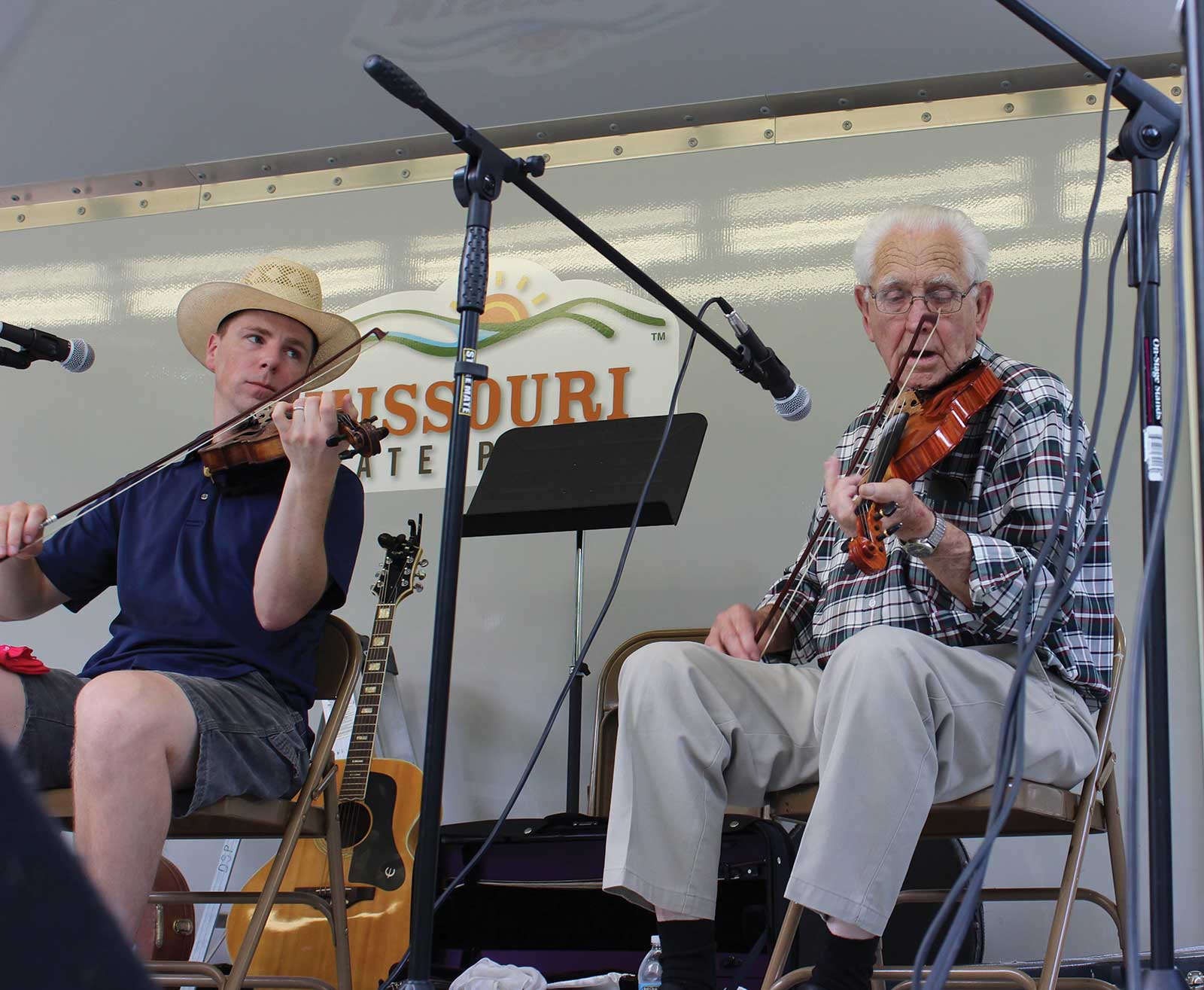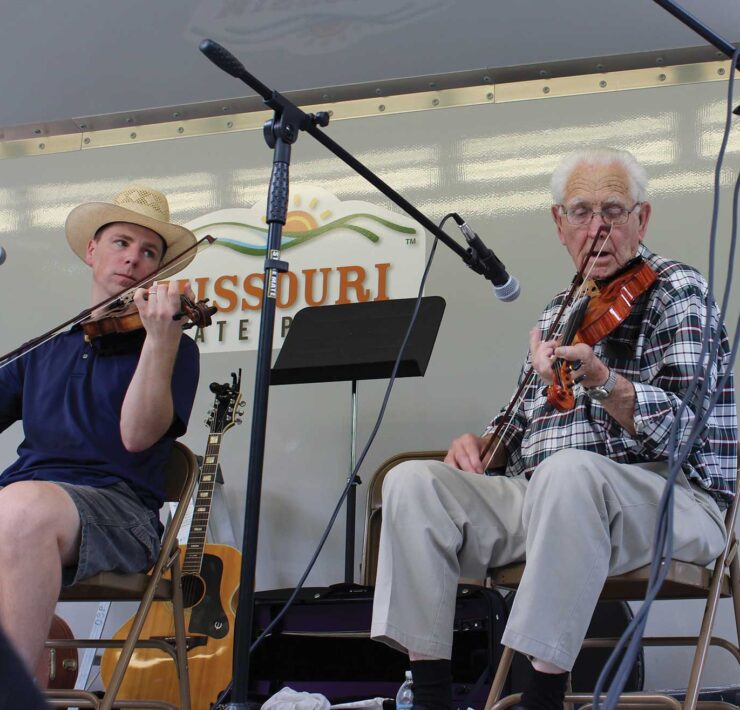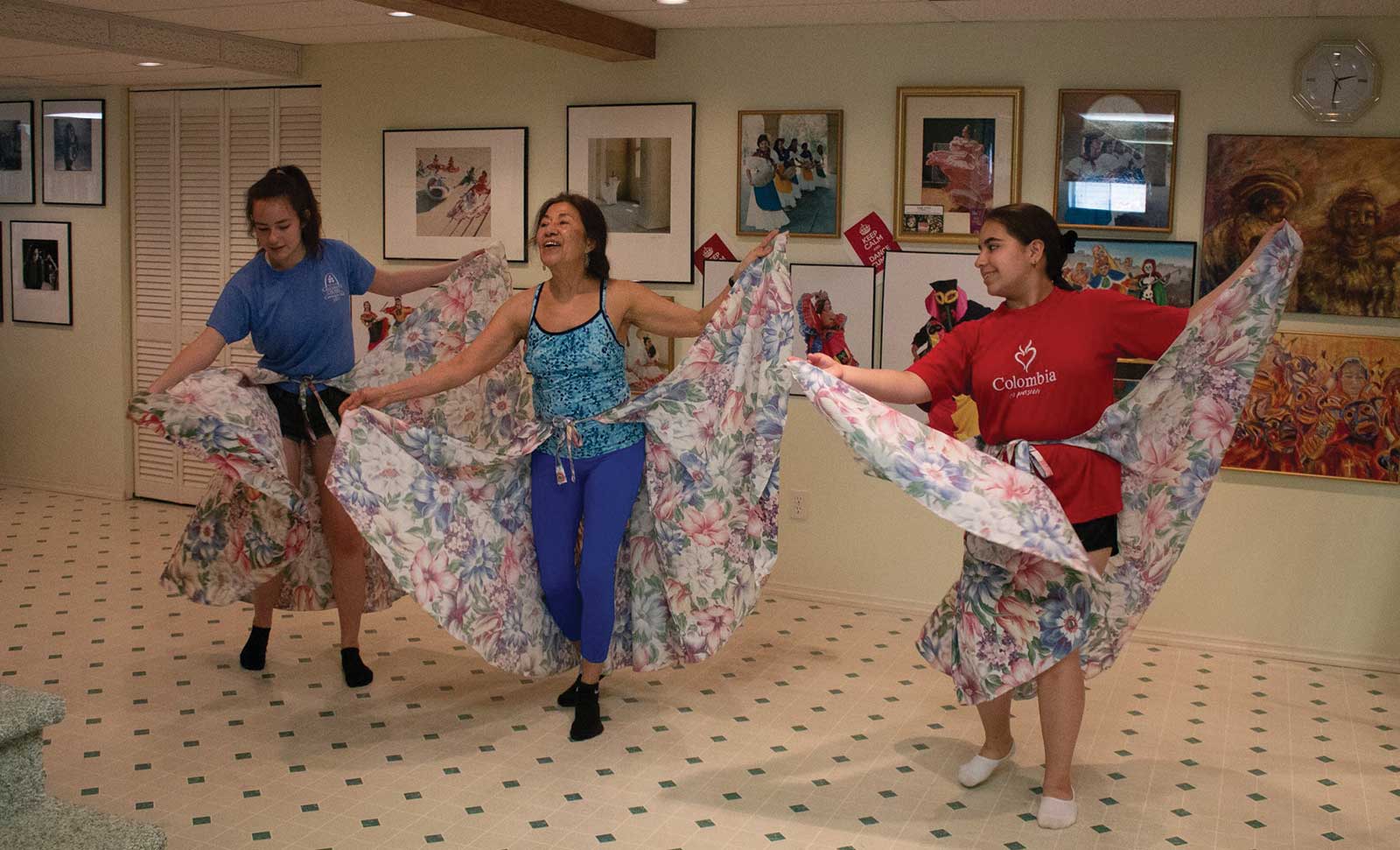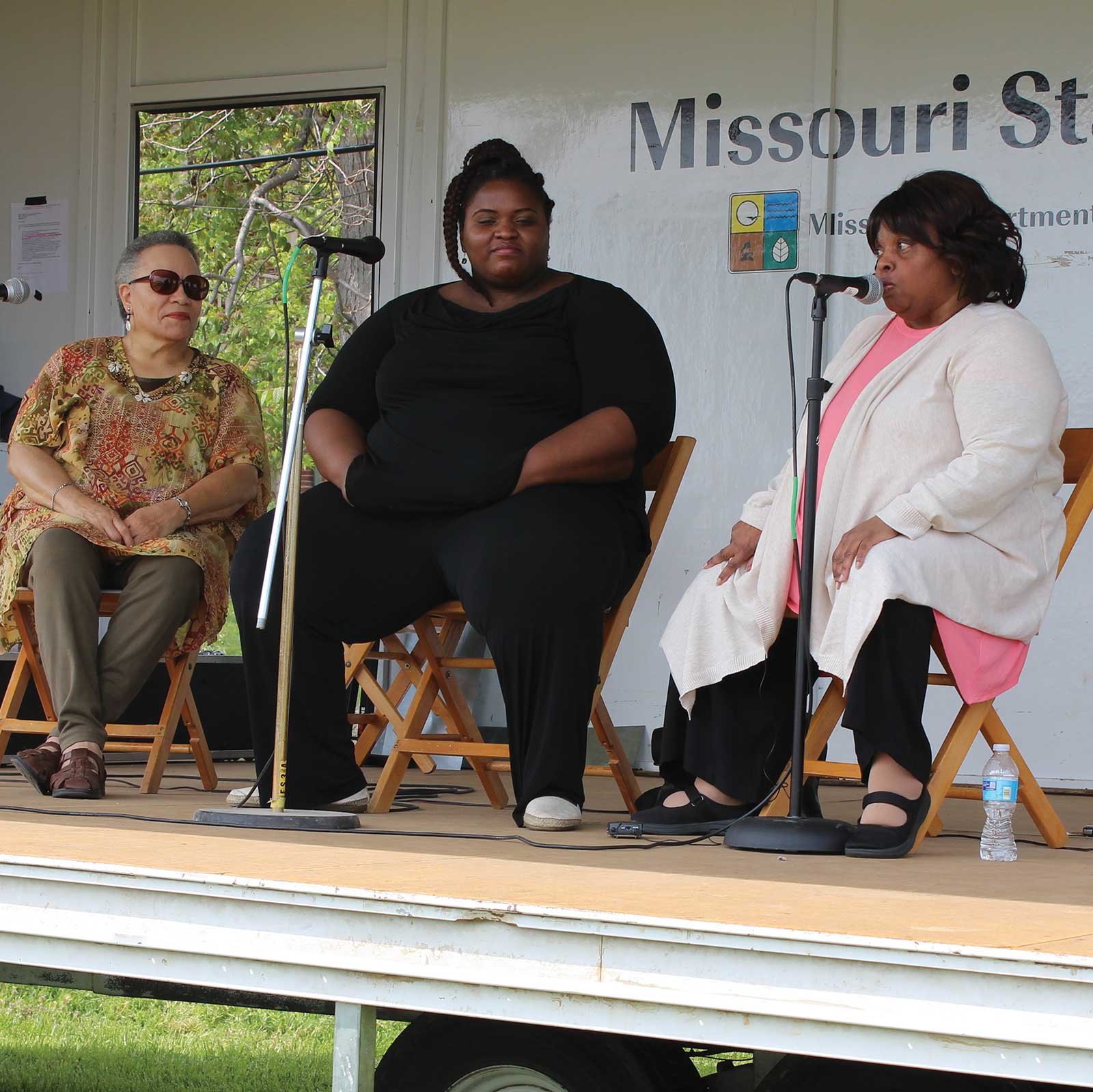Preserving Missouri’s Folk Arts
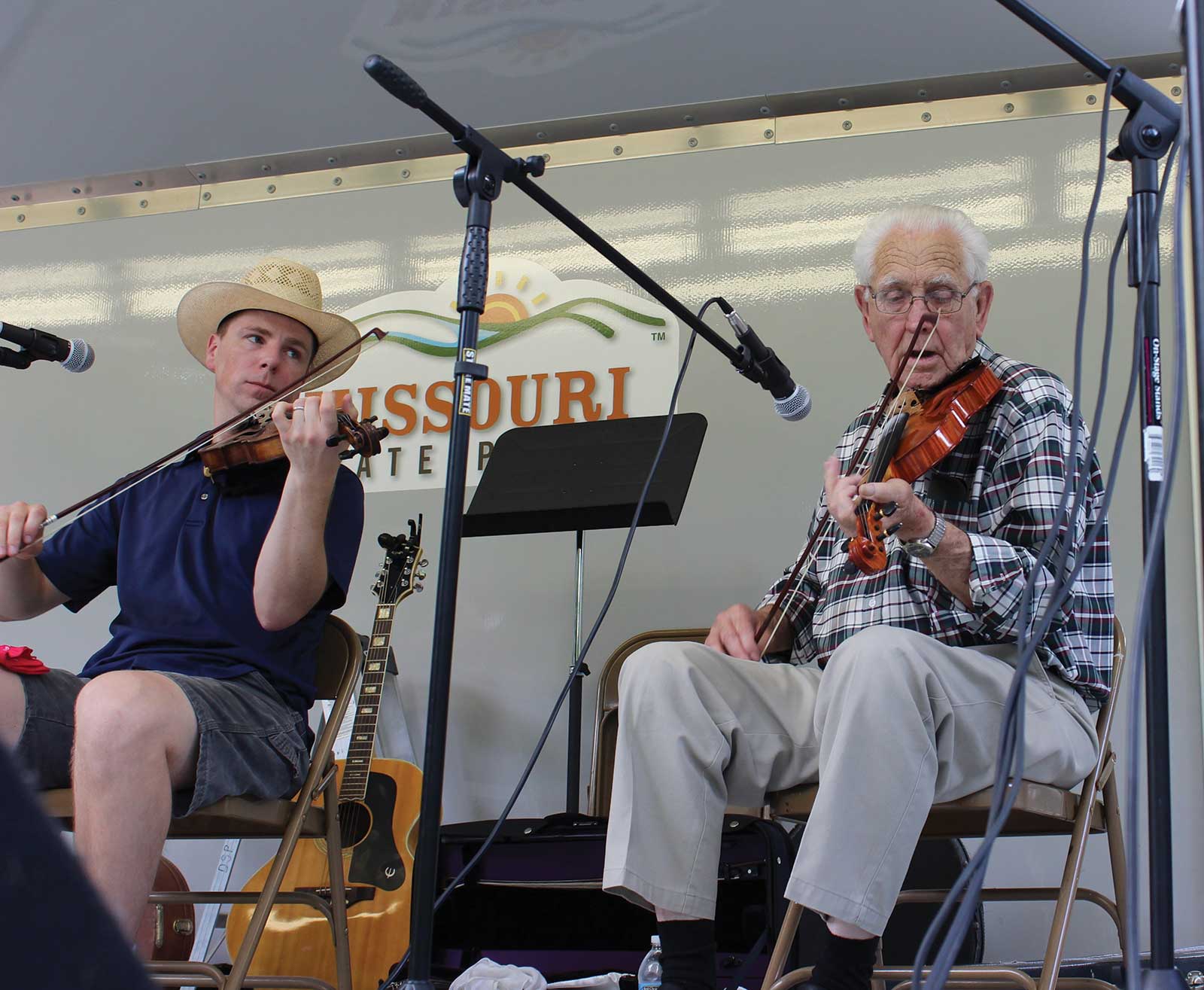
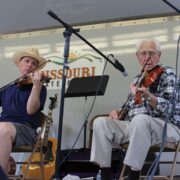
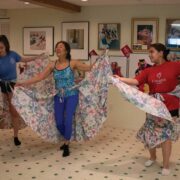
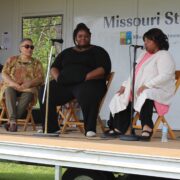
Preserving Missouri’s Folk Arts
The late old-time fiddler Cliff Bryan performing at Roaring River State Park with his apprentice, Joel Hinds, in 2016. Cliff was an Ozark “short bow” fiddler, a bowing style that is found more often in the southern Ozarks. Cliff also had a distinctive repertoire of tunes that he picked up through his mentor, Charlie Hiler, and others through the years. Joel was Cliff’s last apprentice and had the opportunity to learn many of Cliff’s tunes.
Preserving Missouri’s Folk Arts
Preserving Missouri’s Folk Arts
Master African American storyteller Gladys Coggswell (right) and her past apprentices Angela Williams (center) and Loretta Williams (left) perform at the Scott Joplin House State Historic Site in St. Louis at a TAAP 30th anniversary event. Both Loretta and Angela went on to become master artists themselves.
As Missourians celebrate the state’s bicentennial, they’re enjoying a time to celebrate their heritage. Helping to preserve that heritage, the Traditional Arts Apprenticeship Program in the Missouri Folk Arts Department at MU works to encourage and bring together artists that preserve Missouri’s many folk arts.
Started in 1984, the Traditional Arts and Apprenticeship Program, or TAAP, is a program that was established as a way to maintain and protect Missouri folk arts and traditions.
Deborah Bailey, the current program coordinator for TAAP, says that when the program started, “There was a renewed interest . . . in preserving our multiple heritages.”
One of the ways the organizers of TAAP wanted to preserve heritage was through preserving folk arts. TAAP does this by encouraging and helping connect folk artists across Missouri to apprentices who can be taught to carry on the traditions of the past to future generations.
Deborah explains: “The TAAP, at its core, is really a teaching program in a lot of ways. . . . The basic unit is our people — people who practice traditional art forms that exist within their communities, no matter how you define that. It can be regional, traditional, an immigrant tradition, just everything in Missouri as we know it.”
To accomplish this mission, TAAP organizers work hard to discover and collect these folk artists as teachers for the program. Sometimes, the best way to discover a folk artist is simply by word of mouth.
“We take a master artist and encourage them to take on an apprentice,” Deborah explains. “We want intermediate apprentices with a desire to learn more with someone who is really practiced in the art. So every year we have an annual application process for these artists, and I assist them in every way possible with their work whether they be audio, audio-visual, or material artists.”
In this program, the teachers and apprentices can come from any number of backgrounds, and the art is not necessarily taught conventionally.
Deborah says, “Artists vary in educational level a great deal. These are arts really practiced within localities and are not really taught in school.”
TAAP also makes sure the apprentices have supplies and that the art teachers are compensated so that they can teach students adequately.
However, the ability for apprentices to join the program is limited by how much funding the program receives every year. The funding can vary from year to year, which means they can only support a certain number of pupils and artists every year. Fortunately, TAAP always manages to turn out a variety of diverse folk arts that range from dancing and music to home crafts and ironworks. For the students that get to join the program, TAAP has set up a learning system that makes it possible for anyone of almost any background to learn and carry a traditional art to the next generation.
“These are art forms learned by observation, imitation, and one on one interaction.”
— Deborah Bailey
“These are art forms learned by observation, imitation, and one-on-one interaction,” Deborah explains.
The organizers of TAAP are proud of the fact that they have, as Deborah puts it, “fostered hundreds of apprenticeships between master traditional artists and their apprentices.” As TAAP’s organizers look to the future, they expect their apprenticeship program to encourage many more artist relationships that will preserve the traditional arts Missouri has been home to for the past 200 years.



